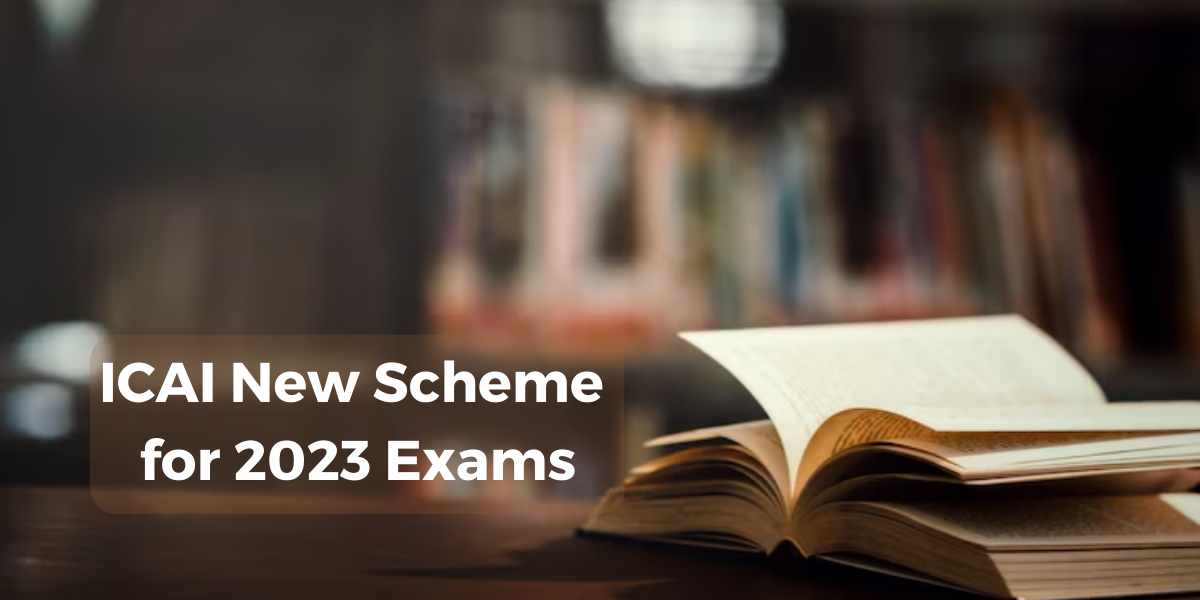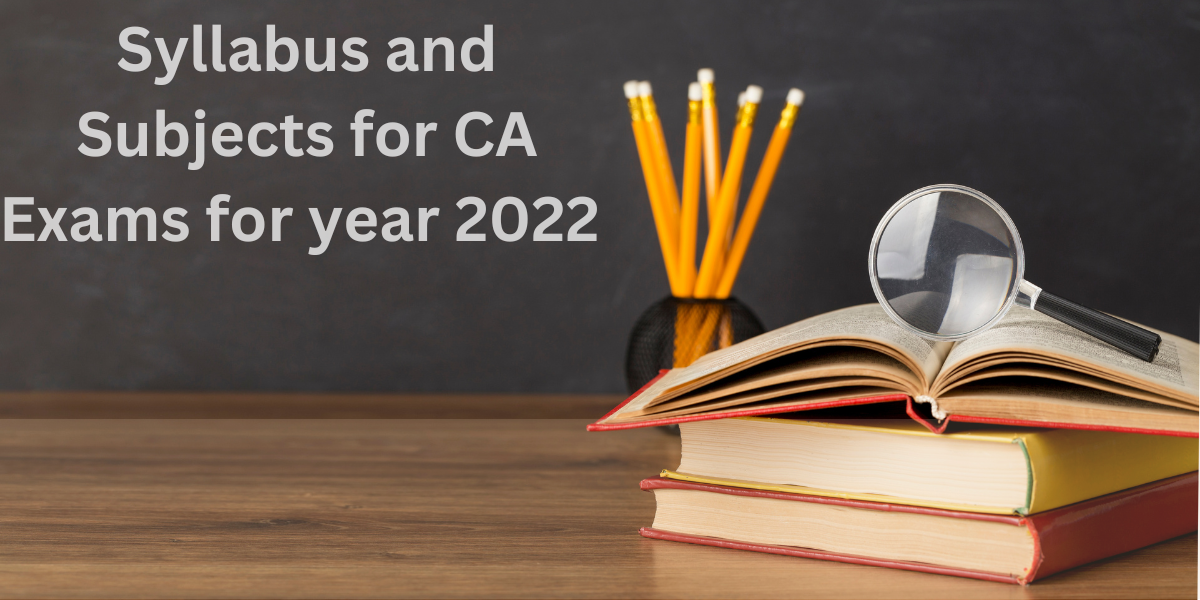CA Foundation Result 2022 – Know the Dates, How to Check Results
The CA Foundation result Dec 2022 is expected to be declared on 3rd/4th February, 2023, at 10 AM. The official announcement for the CA Foundation 2023 result date will be released soon by ICAI. To check the result, go to the ICAI exam website – icai.org and enter your registration and roll number.
How to Check the CA Foundation Result Dec 2022?
Follow the step-by-step process to check the CA Foundation Result Dec 2022 online.
- Go to the ICAI exam website, and click on “Results”.
- Under the “Check Results” section, tap on “Foundation: Dec 2022”.
- Then, enter your Roll number with a PIN or the registration number.
- Now a new window will appear with your CA Foundation result. Take a printout of the result for future reference.
ICAI websites to check the results are – icaiexam.icai.org, caresults.icai.org, and icai.nic.in.
The details mentioned in the CA Foundation result mark sheet are:
- Student’s name,
- Paper-wise minimum and maximum marks,
- Total marks, and
- Result Status of the student.
CA Foundation Passing Marks
As per the CA Foundation exam pattern, students who scored a minimum of 40% marks in each subject and 50% aggregate in all four subjects within a single attempt will qualify for the exams.
Pass with Distinction- Students scoring more than 70% marks receive their result card with the Pass with Distinction mentioned.
Vsmart Academy provides the best coaching to the CA Foundation students. In the June 2022 results, our 220 students cleared the exams and 7 students got 300+ marks. If you also want to get the best result, then join our CA Foundation Coaching now.
CA Foundation Pass Percentage Dec 2022
The pass percentage is the percentage of candidates who cleared the CA Foundation exams. The ICAI will soon release the CA Foundation Pass Percentage of Dec 2022 result. Till then, students can review the passing percentage for the June 2022 result.
| Gender | Appeared | Passed | Pass % |
| Male | 51111 | 13043 | 25.52 |
| Female | 42618 | 10650 | 24.99 |
| Total | 93729 | 23693 | 25.28 |
Students who have cleared the CA Foundation exams must check the CA New course recently introduced by the ICAI. The institute has made several changes at all levels of the CA course. Check the detailed analysis of the CA new scheme here.
What to Do After CA Foundation Result Dec 2022?
Students who have cleared the CA Foundation Dec 2022 exams can register for the CA Intermediate Nov 2023 attempt. The CA Intermediate registrations for the Nov 2023 attempt are open till March 1, 2023.
However, students who couldn’t clear the Foundation exams must apply for the next attempt i.e., May 2023. They can submit the CA Foundation exam form for the May 2023 attempt from Feb 3 to Feb 24, 2023.







